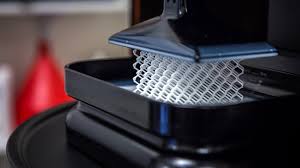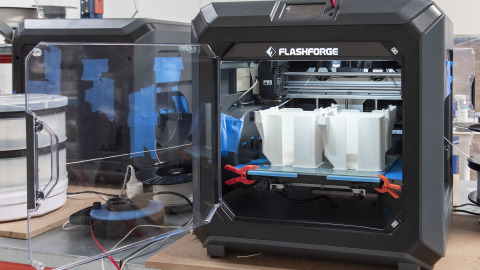The 3D printing market is becoming progressively saturated, and there are much more choices than ever when selecting a 3D printer. The type of printer you require hinges on the objective you will certainly be using it for.
Below are some of the most crucial things you must bear in mind before determining to acquire one.
Buying a Commercial 3D Printer: Things to Know
Purchase an Open-Source 3D Printer
The 3D printing sector is still in its early stage. It is a bit greater than a cottage market. Except for premium models, several types of equipment are made with affordable parts, and even 3D printed components. With heavy usage, the components eventually break, so we have taken the precaution of printing substitute gears for our little printer, simply in case. Digital versions that apply for replacement commercial 3D printer elements are readily available for open-source printers. In addition, open-source printers might be much easier to service or perhaps modify by the end-user.
Select a 3D Printer with an Active Customer Area
Supplier assistance often tends to be a little doing not have; it will undoubtedly be non-existent if you select to change or expand your printer. Before making a purchase, look into the forums for the printer. Suitable venues will have a thriving community of enthusiasts with many sub-categories filled with current blog posts. These will be a valuable resource for finding out more about your printer and troubleshooting if something goes wrong.
Keep the Filament Dry
Your filament delivery will probably consist of a little white package of desiccant – a moisture-absorbing material. When not being used, filament ought to be kept in a secured container or bag with the desiccant or, as some forums have recommended, dry rice. Filament will easily absorb airborne dampness. As these bubbles of dampness travel through the heated printer head, the superheated vapor will trigger minor surges, resulting in unreliable printing or publishable head damages.
It’s All About the STL Data
STL is a CAD documents layout, particularly for 3D models and printing, and is the format that your printer will more than likely expect. 3D modeling software applications worth their salt will certainly natively export to this layout or can do so with the help of a plug-in. For instance, AutoCAD and SolidWorks can create STL data. The STL file defines geometry– not color or texture.

Models with Single Color Get Boring
The most basic makers will have one print head, allowing one filament color to be published at once. Sure, you can purchase wild colors and glow-in-the-dark filament, yet the completion outcome will still be a thing of only one solid color, which can get tiring in a hurry. It is feasible to stop the printer mid-print, switching in various colors and removing the old material before resuming the print. Yet, this process is still very limiting and also a little bit tiresome.
Advanced printers might have double and even quad print heads to permit synchronized multicolored/multi-material printing. Higher-end printers have various other technologies which allow much better color control.
